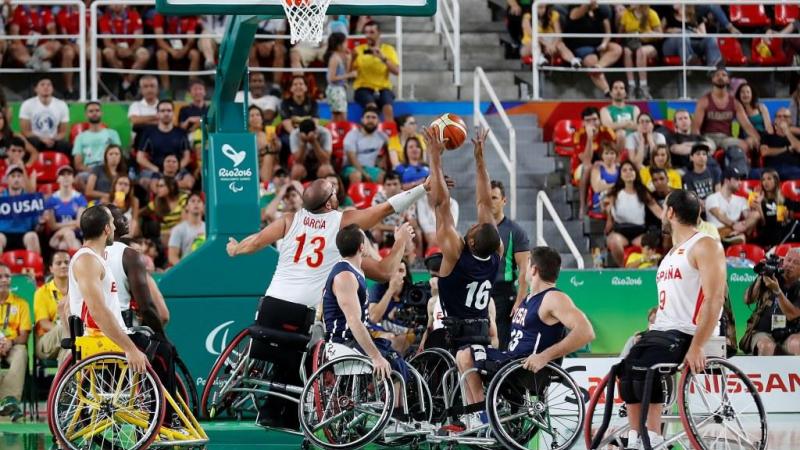HISTORY OF WHEELCHAIR BASKETBALL
Wheelchair basketball first emerged around 1946 in the USA, developed by injured servicemen from World War II. Most were former able-bodied players who wanted to continue playing the game. The simple adaptations and slight rule variations for people in wheelchairs allowed the sport to spread across the US, and eventually worldwide.
The object of the game is to score the most points in the opposing team’s basket. The team with the most points by the time the clock expires wins. As the name suggests, wheelchair basketball is an adaptation of the able-bodied version.
The International Wheelchair Basketball Federation (IWBF) is the global governing body of the sport.
How to play
The court dimensions (28x15m) and basket height (10ft) for wheelchair basketball are the same as the able-bodied version, as is the playing time (4x10 minutes) and number of players on court (five).
The wheelchair sport also follows the same scoring structure:
Free throw – 1 point
Field basket – 2 points
Successful shot from behind the 3-point-line – 3 points
Dribbling: A wheelchair basketball player takes one or two pushes while the ball is either resting on his or her lap or held in his or her hand, followed by dribbling the ball, and this sequence may be repeated as often as the player wishes
Travel violation: Called when player in possession pushes more than twice without dribbling
Fouls: An infraction of the rules concerning illegal personal contact with an opponent - the wheelchair is considered a part of the player




